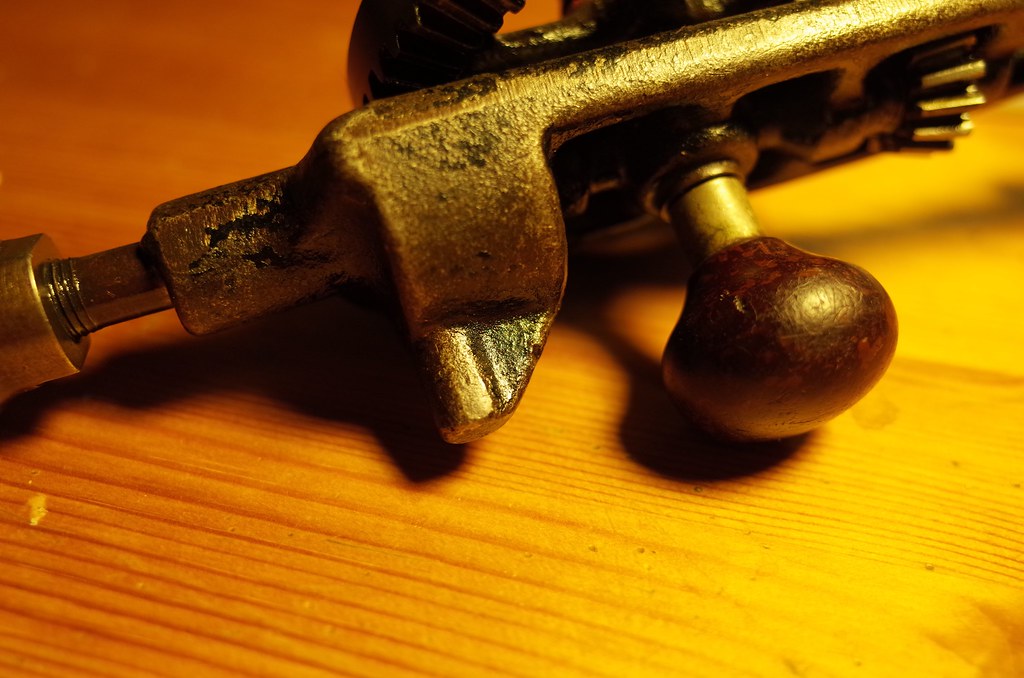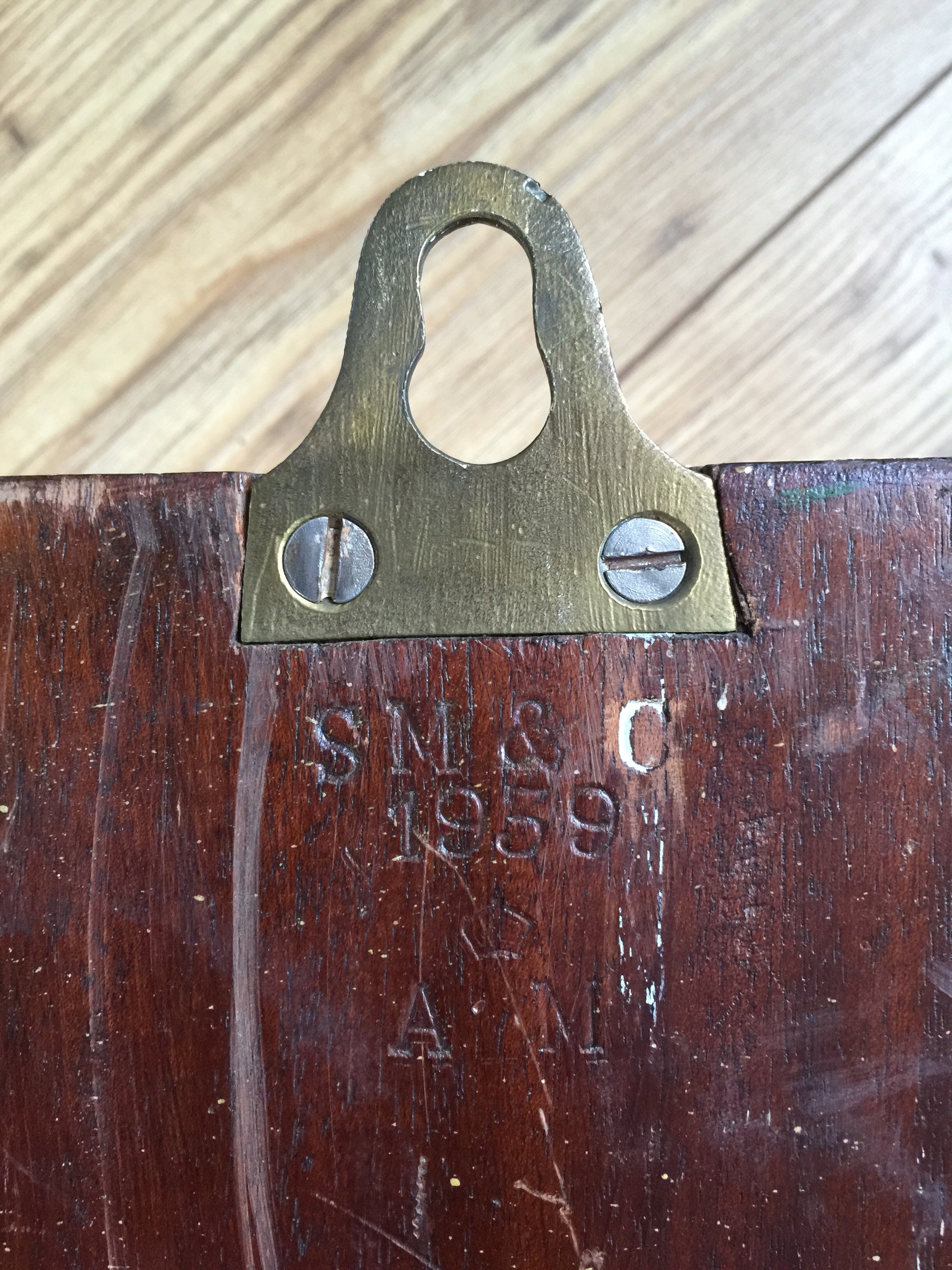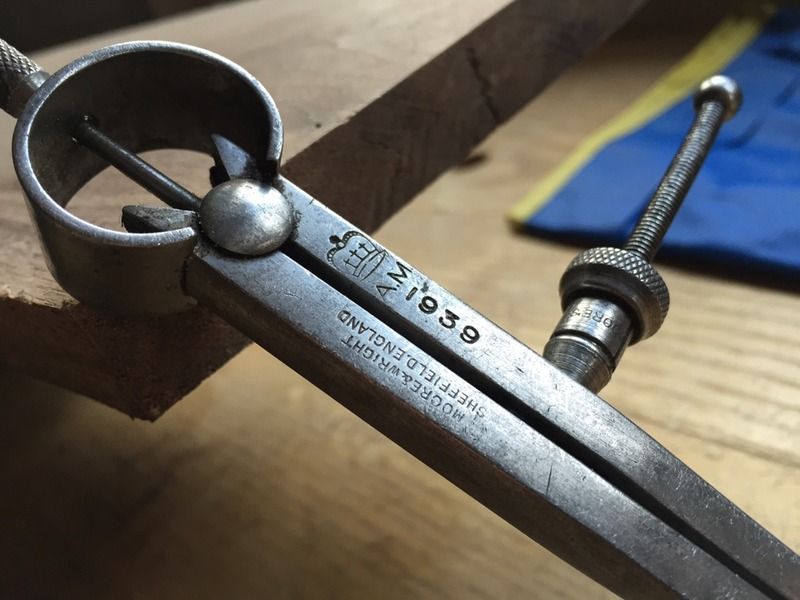Rhyolith
Established Member
Recently got some new info regarding SIF (Suffolk Iron Foundry), the company responsible for a number of wartime era hand drills I like. They are probably some of the best offerings from the UK on the hand drill front!
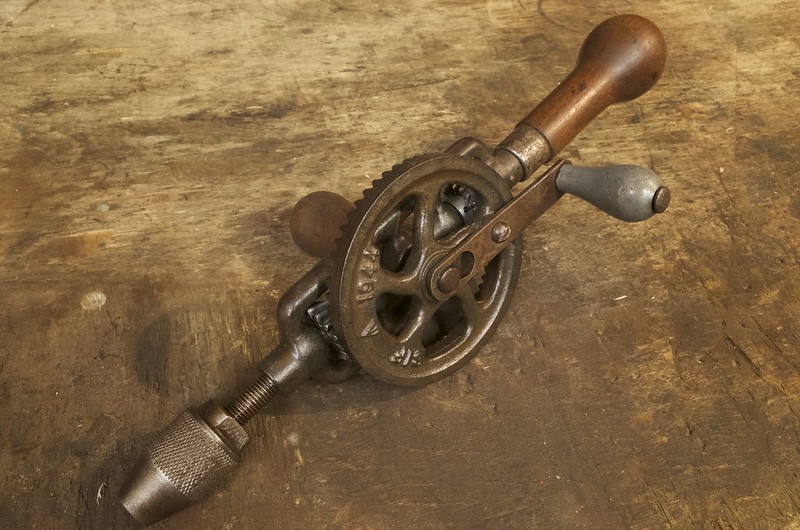 SIF 1944 Hand Drill by Rhyolith, on Flickr
SIF 1944 Hand Drill by Rhyolith, on Flickr
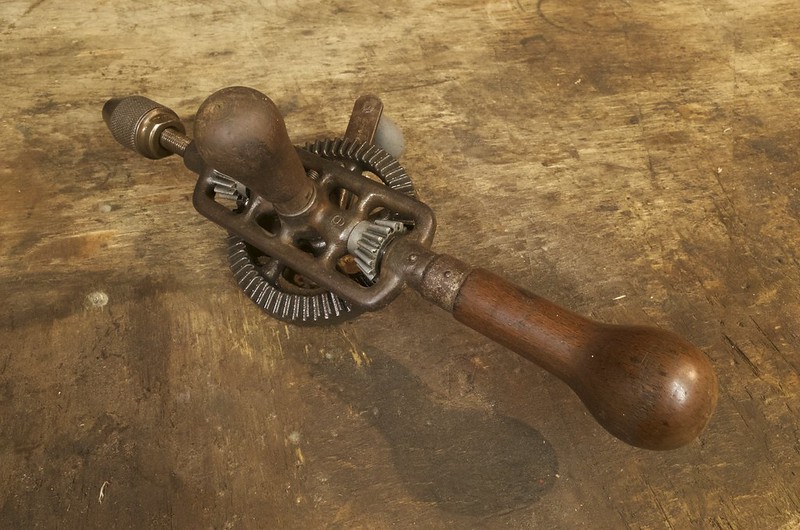 SIF 1944 Hand Drill by Rhyolith, on Flickr
SIF 1944 Hand Drill by Rhyolith, on Flickr
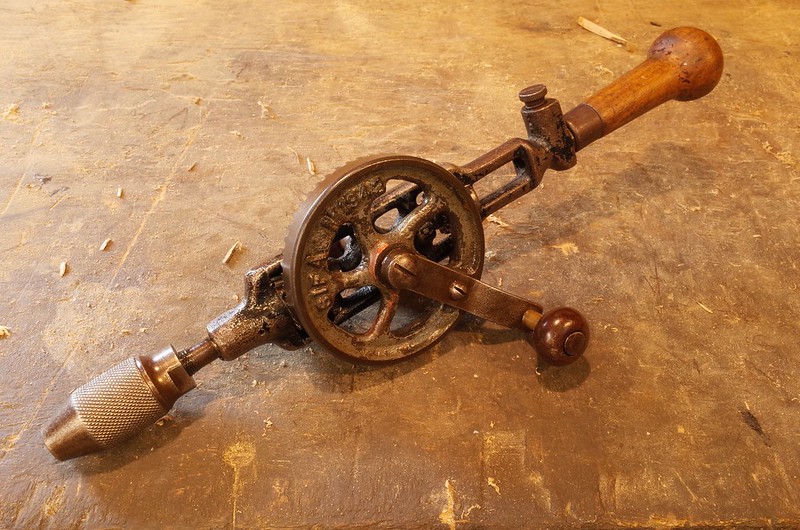 SIF Air Ministry Drill 1942 by Rhyolith, on Flickr
SIF Air Ministry Drill 1942 by Rhyolith, on Flickr
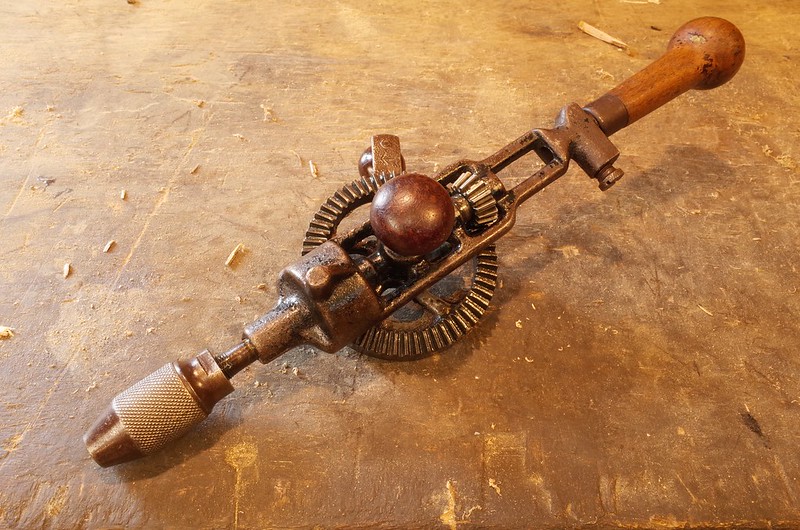 SIF Air Ministry Drill 1942 by Rhyolith, on Flickr
SIF Air Ministry Drill 1942 by Rhyolith, on Flickr
Anyway, it appears that Fleetway (another British drill brand) were closely affiliated with SIF before WW2.
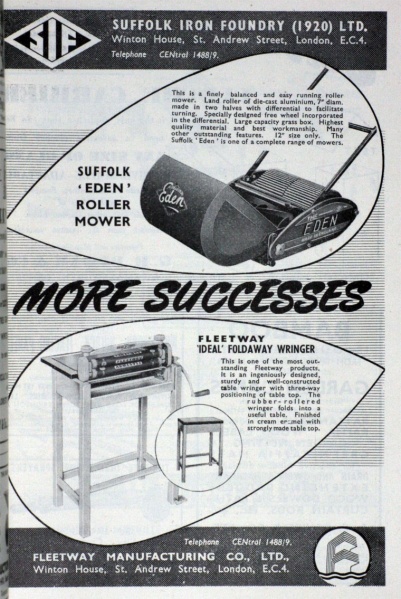 Fleetway / SIF by nasutushenri, on Flickr
Fleetway / SIF by nasutushenri, on Flickr
So maybe these two are both the same company? Either two older companies that merged or maybe "Fleetway" was a brand name used by SIF?
There is certainly a lot of similarities between the first of my SIF drills and a common fleetly model I have seen from time to time are car boots (but never bought strangely). Thats not to mention the yet undiscovered link between Record and SIF, as the second of those drills is basically the same as a Record No.124.
On a sidenote, does anyone know what the protrusion in the casting above the side handle is for in the 124 variant (second of the two above)?
 SIF 1944 Hand Drill by Rhyolith, on Flickr
SIF 1944 Hand Drill by Rhyolith, on Flickr SIF 1944 Hand Drill by Rhyolith, on Flickr
SIF 1944 Hand Drill by Rhyolith, on Flickr SIF Air Ministry Drill 1942 by Rhyolith, on Flickr
SIF Air Ministry Drill 1942 by Rhyolith, on Flickr SIF Air Ministry Drill 1942 by Rhyolith, on Flickr
SIF Air Ministry Drill 1942 by Rhyolith, on FlickrAnyway, it appears that Fleetway (another British drill brand) were closely affiliated with SIF before WW2.
 Fleetway / SIF by nasutushenri, on Flickr
Fleetway / SIF by nasutushenri, on FlickrSo maybe these two are both the same company? Either two older companies that merged or maybe "Fleetway" was a brand name used by SIF?
There is certainly a lot of similarities between the first of my SIF drills and a common fleetly model I have seen from time to time are car boots (but never bought strangely). Thats not to mention the yet undiscovered link between Record and SIF, as the second of those drills is basically the same as a Record No.124.
On a sidenote, does anyone know what the protrusion in the casting above the side handle is for in the 124 variant (second of the two above)?




